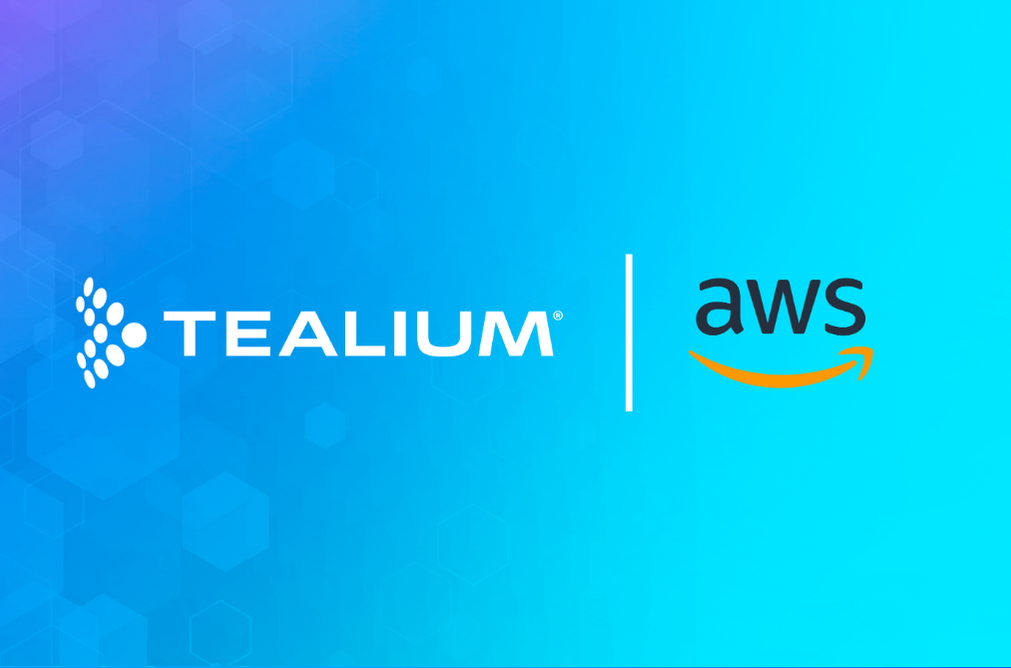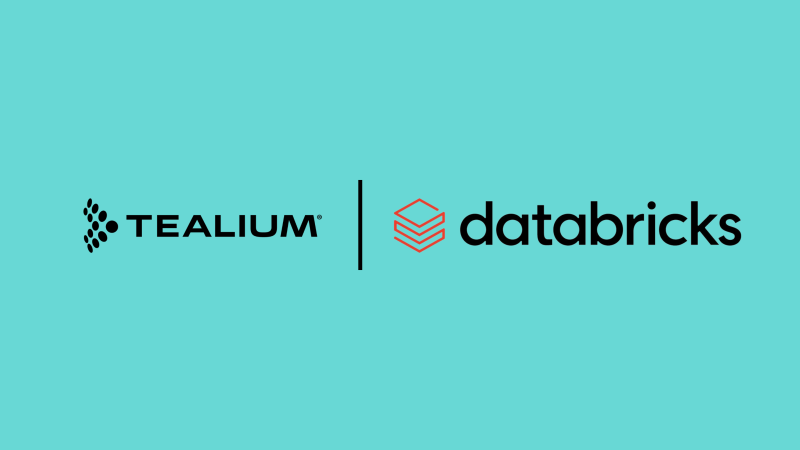When it comes to digital transformation and data-driven customer experiences, the grounded and insightful voice of Pallavi Modi, Director of Product: Acquisition & Retention at Zooplus comes to mind. With a background spanning global retention leadership at HelloFresh, B2B marketplace products at FlixBus, and launching an airline for Singapore Airlines in India, Pallavi has seen firsthand what it takes to build organizations that put customers at the heart of every decision.
At Zooplus, Europe’s leading online pet platform, Pallavi is responsible for customer acquisition, retention, and AI-driven product platforms. Speaking at our DACH User Group Event in Cologne, she shared a powerful story about turning customer obsession into operational strategy, and why technology alone is never enough.

A Clear Mission: From Tools to Transformation
In mid-2023, Zooplus set out on a mission to become a truly customer-centric organization. This involved rebranding, redesigning their digital presence, and most importantly, using technology to better serve customers. A cornerstone of this transformation was the implementation of a Customer Data Platform (CDP), with a clearly defined 2024 goal: enable marketing automation across 30 markets to reduce time to market, improve cost efficiency, and create a unified customer profile.
But as Pallavi points out, buying software isn’t the same as using it well. Only 17% of businesses say their CDP drives measurable business impact. The key, she argues, is building the culture and processes around the tech to unlock its real value.
Building from the Ground Up: Cross-Team Orchestration
The Zooplus team didn’t just roll out a CDP and hope for the best. They created a new team, defined top 10 use cases to focus on, and launched high-impact initiatives like automated newsletter redesigns and trigger-based campaigns. As they scaled, they encountered common challenges:
- Local vs. central control: Automation required rethinking local workflows.
- North Star alignment: Was the goal revenue impact, cost savings, or speed?
- Data silos: How do CDP and data lakes co-exist?
The solution was to reframe the entire initiative not as isolated use case implementation, but as customer journey orchestration. This subtle shift had big implications: focus on journeys, not just campaigns. Look at customer lifetime value, not just click-throughs. And ensure teams are aligned not around tools, but outcomes.
From Use Cases to Unified Experiences
Pallavi emphasized the danger of thinking in disconnected touch points. A classic example: abandoned cart emails. If a customer left because their payment failed or shipping wasn’t available, a 15% discount email won’t help. What they need is relevance, context, and empathy.
This understanding led to practical changes at Zooplus:
- Implementing tools like Qualtrics to bring customer feedback into strategy decisions.
- Auditing end-to-end workflows across marketing, UX, and CRM.
- Facilitating cross-functional workshops to foster alignment.
As she put it, “Buying SaaS is not equal to using SaaS. The human part is the extreme sport.”
Creating a Cultural Shift
The real transformation at Zooplus was cultural. Teams began speaking the language of the customer. Personas, intent, and behavior became the pillars of journey design. Instead of chasing campaign metrics, the company began optimizing around customer value and experience quality.
They mapped entire journeys, from discovery to retention, and used these to prioritize capabilities. Not every use case had to be fully personalized (Level 4, as Pallavi called it, à la TikTok), but each had to fit Zooplus’ goals and maturity level.
Their guiding principle? Don’t build technology for technology’s sake. Build it to deliver customer experience.
Final Takeaway
In Pallavi’s words: “The customer is looking for very simple things: trust, relevance, understanding, and value. If we solve these, the sales and revenue will follow.”
It’s a reminder that the most sophisticated data strategies are grounded in simplicity and empathy. And that real innovation lies not in the tools we buy, but in how we use them to serve the people who matter most: our customers.

You can find and watch the full session here.
Hopefully this session helps you to start thinking of Customer Experience based on leveraging technology rather than building technology to build Customer Experience. – Pallavi Modi








